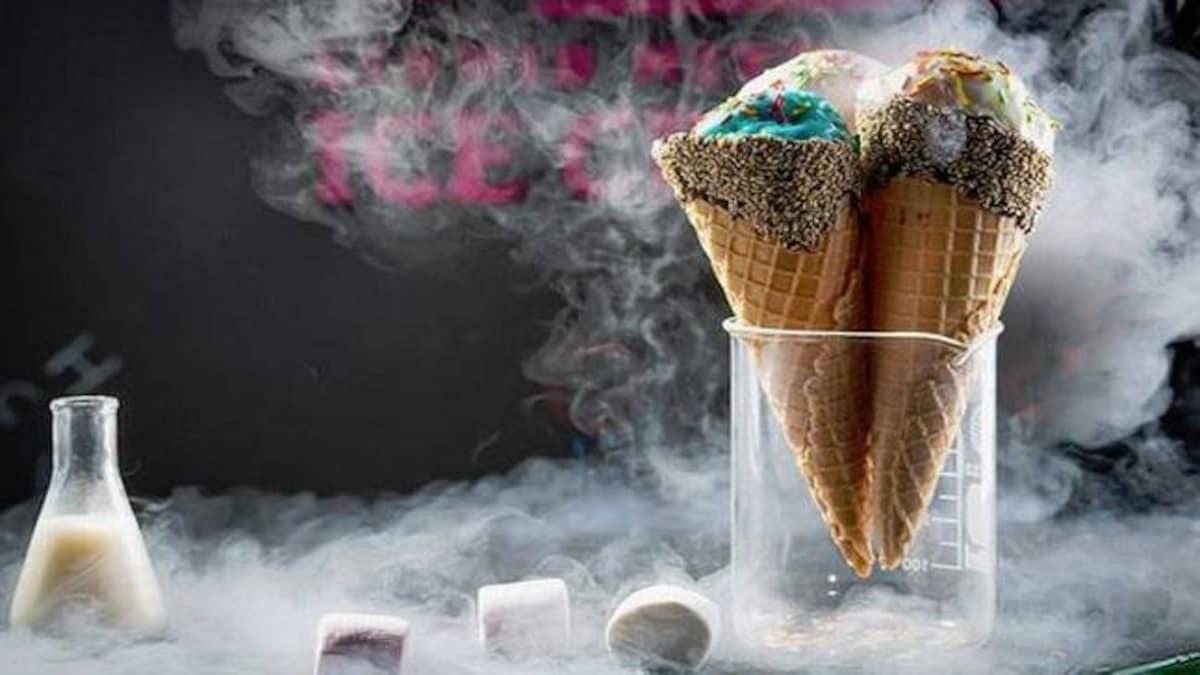Liquid crystal has been used for several purposes, including cooling computers, removing undesirable skin, moles, and pre-cancerous germs in healthcare, and investigating the effect of colder temperatures on substances in cold fusion. It's also becoming more popular in high-end restaurants as a way to immediately freeze food and beverages or create a spectacular cloud of mist or haze when reacts with oxygen. Liquid nitrogen is just a type of component nitrogen that is frigid enough to flow like a fluid and is utilized in a variety of chilling and thermal purposes. Here are a few stats about it, as well as relevant information on how to handle it properly.
Details About Liquid Nitrogen
The condensed state of the chemical nitrogen generated primarily by the distillation process of saturated air is known as liquid nitrogen. It is made up of 2 nitrogens that share crosslinks, like nitrogen (N2). A UN Identifier (or UNID) is a 4 code designation often used to distinguish combustible and hazardous compounds. UN classification 1,977 is assigned to this form of nitrogen.
It heats above 77 K under standard pressure
Nitrogen has a liquid-to-gas coefficient of performance of 1:694, which also indicates that compressed nitrogen heats fast to populate a quantity with nitrogen gas. Nitrogen is a non-toxic gas, has no odour, and is colourless. It is non-flammable and fairly benign. Once nitrogen gas reaches equilibrium, it is somewhat massless. It is only marginally water-soluble.
To avoid compressive stress, liquid crystal is kept in special airtight containers which are released. Based on the manufacturer of the Dewar flask, these can be kept for several weeks. Both fluid and granular LN2 exhibit the Leidenfrost phenomenon, which implies that it heats so quickly that it coats objects with an enclosing coating of n2 gas. This explains why nitrogen particles scamper over a floor.
Safety of Liquid Nitrogen
While interacting with liquid nitrogen, it's indeed critical to take the following precautions: When liquid crystal comes into touch with live tissue, it can induce severe hypothermia. When working with it, one should wear protective clothing to prevent dealing with or absorption of the super cold vapour. To minimize risk, wrap and shield the skin.
Since it heats so fast, the stage shift from water to air may create huge pressure in a short time. Do not put liquid in a closed vessel, since this might cause it to rupture or explode. The addition of high levels of nitrogen to the atmosphere lowers the proportional quantity of oxygen, which may provide an asphyxia danger. Because cool nitrogen gas is denser in the atmosphere, the hazard is highest near the ground. Through a well location, utilize it. Oxygen collected from the atmosphere could collect in nitrogen gas tanks. There is a potential for harm oxidizing organic materials when the nitrogen escapes.
Applications
Crushed nitrogen offers a broad array of uses due to its nontoxicity and cold temperature:
- Cooling and shipment of packaged foods
- Cryopreservation of tissue specimens such as eggs, ova, and animal genetic code
- Cooling fluid for ferroelectric, pumping systems, and other equipment and supplies.
- Cryotherapy is used to eradicate skin irregularities.
- The protection of materials against oxidisation.
- When taps are missing, the rapid chilling of water or pipelines permits progress to be made on them.
- A reservoir of ultra-dry nitrogen gas
- Tagging of cattle
- The production of strange meals and beverages using food science.
- Chilling materials to make cutting or cracking simpler
Also read about:
Acquiring Financial Literacy Through Ethereum Familiarity
All About Project Assurance
3 Biggest Reasons Why Your Business Needs Shopify Experts

